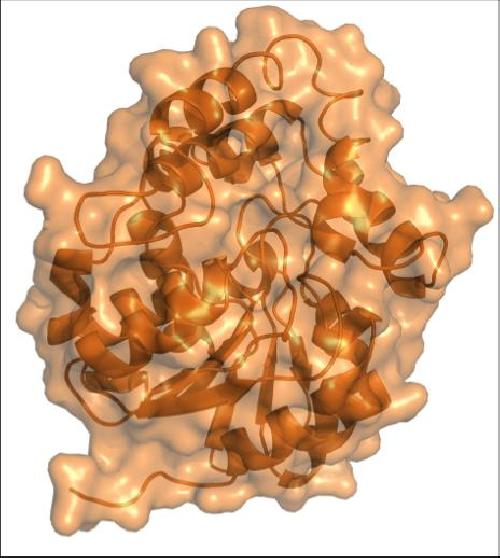Researchers have developed a new strategy for helping African farmers fight a parasitic plant that devastates crops - plants in the genus Striga, also known as witchweed.
Though their purple flowers are pretty to look at, a field full of Striga plants is in fact a nightmare for a farmer who wants to grow corn, sorghum, rice or other subsistence crops. The problem affects more than 100 million people across 25 countries in sub-Saharan Africa.
University of Toronto chemical engineering professor Alexei Savchenko, along with professor Peter McCourt in the Department of Cell and Systems Biology, have created a genetically engineered plant biosensor, a tool that will help them hunt for molecules that could prevent Striga infestations.

The duo has been studying the biochemical pathways used by Striga to attack other plants. "When crops start to germinate, they emit small chemicals into the soil," says Savchenko. These hormones attract beneficial fungi that help the crop obtain nutrients. Unfortunately, Striga plants have also evolved to recognize these signals, and to speed up their own germination so that they are ready to pounce once the crop starts developing roots.
Savchenko and McCourt hope to outwit Striga by tricking its chemical senses. Their idea is to spray the ground with a chemical similar to the plant hormones that Striga is primed to detect. "You would spread this false signal and cause the Striga to germinate," says Savchenko. "Then you would destroy the Striga and plant the crops in a clean field."
But in order to determine what false signal to send, the scientists first needed to better understand how Striga detects the plant hormones. In research published today in the leading journal Science, the team identified 11 protein-based hormone receptors present within Striga. Savchenko and his team isolated these receptors and mapped their 3D structure using a technique called x-ray crystallography. This allowed McCourt's group to identify which receptors are most sensitive to the hormones and thus the most important ones to focus on.
The next step was to clone and introduce the most sensitive receptor into Arabidopsis thaliana, a small plant commonly used as a model organism in biology studies. Unlike Striga, Arabidopsis is not a parasite, so it's much easier to grow, yet the genetically engineered plant now reacts to crop hormones and their chemical cousins in the same way that Striga would. "It is a very good tool to identify chemicals that will have the same effect as the hormones that cause Striga to germinate," says Savchenko.
McCourt and Savchenko are now screening a variety of chemicals in search of ones that would mimic the plant hormones. Their genetically engineered Arabidopsis could also be of great value to companies that produce agricultural products, who might be interested in screening their existing chemical libraries.
"We have shown that this receptor is very important for Striga's parasitic life style, and by making it part of a plant biosensor we provided all the components that people can use [to find a solution]," says Savchenko. With luck, the scourge of witchweed will soon become a much more manageable problem.




Comments